Rear project…
In the early years of the resistance war against the US to save the country, in order to ensure fuel for the forces, the General Department of Supply (now the General Department of Logistics and Engineering) directed the Petroleum Department (now the Petroleum Department) to consolidate the system of petroleum depots throughout the army; at the same time, organize the construction of new petroleum depots in strategic areas. By the end of 1960, the petroleum depot system throughout the army had been consolidated and expanded, with a total capacity of nearly 7,000 tons of petroleum, with 16 distribution stations, 14 pump stations, 2 hand pump stations and a fleet of tankers established to transport petroleum to the units.
During the period 1954-1960, despite the active aid from international friends, the supply of petroleum for the Army still faced many difficulties. To solve this problem, the entire Army launched a movement to save petroleum, promote research on initiatives, and improve techniques, from management to the use of petroleum and petroleum materials and equipment.
In February 1964, the General Department of Logistics established a rear area project, stipulating that within 1 year, 30 bases of gasoline must be ensured for cars, 20 bases for tracked vehicles, 30 bases for tanks, self-propelled artillery, 20 bases for unit transport vehicles and 60 bases for strategic transport vehicles. In addition, the project also determined that the State would reserve enough gasoline to ensure 1 year of war, the Army would reserve enough for 3 months. Implementing the policies and directives of the Central Military Commission and the General Department of Logistics, the gasoline troops urgently focused their forces and materials on the task. After a short time, gasoline and gasoline equipment and weapons were properly and sufficiently reserved according to regulations. Military Region 4 alone organized the reception and storage of up to 7 bases to serve the implementation of tasks in the area...
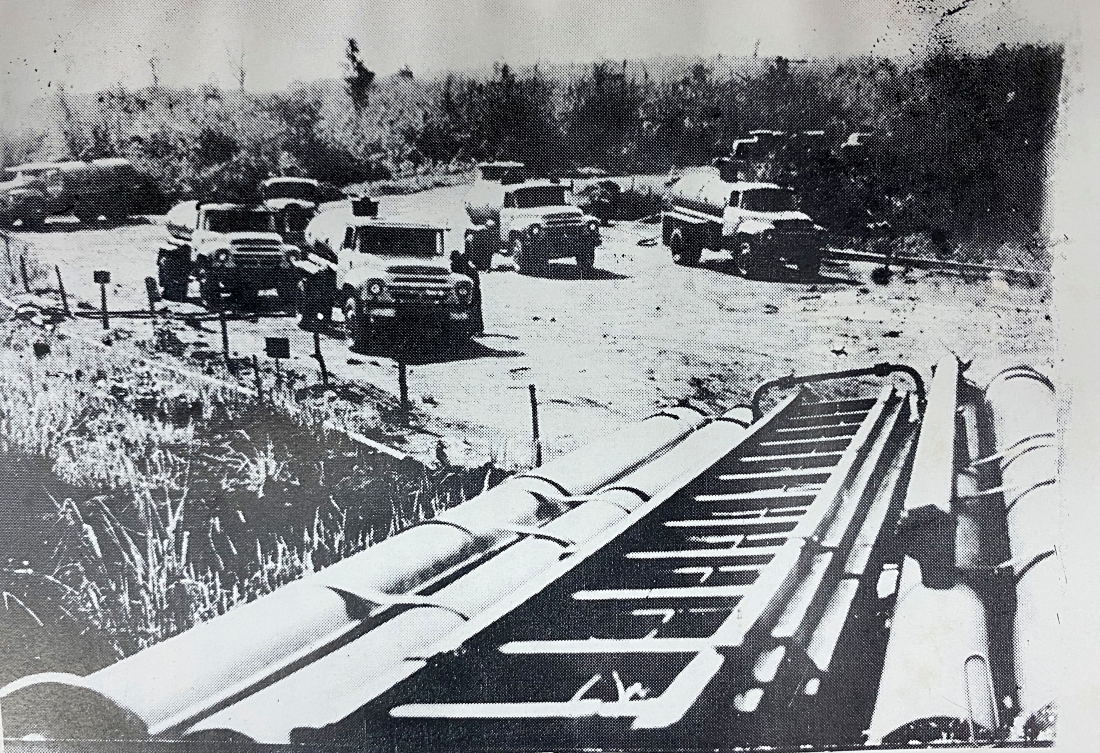 |
Receiving and refilling gasoline for the Ho Chi Minh Campaign, 1975. Photo courtesy |
"Gasoline palanquin" into the battlefield
Entering 1965, the US imperialists massively sent expeditionary troops to carry out the "local war" strategy in South Vietnam. The fighting between us and the enemy became increasingly fierce, the military branches, arms, and military regions developed their forces very quickly, and equipped them with quite modern means.
On April 3, 1965, the Central Military Commission decided to assign the task to Group 559 to organize the opening of transportation routes for the battlefields in the South and Central and Lower Laos. From here, the Truong Son strategic support route gradually shifted to mechanized transportation, equipped with thousands of vehicles and machines of all kinds, with 1,336 trucks alone. Therefore, the work of ensuring fuel for this important strategic transportation route required an extremely large volume.
The rugged terrain conditions, especially the US imperialists' tactics of cutting off traffic in order to destroy the "pan-handle" area less than 200km long from the 19th parallel, made ensuring transportation and fuel even more difficult. In March and April 1968 alone, in Military Region 4, the enemy used air force and artillery to attack 12,000 missions, the key traffic junction of Vinh-Nam Dan-Linh Cam became a "triangle of fire". Enemy bombs and bullets rained down, and many vehicles transporting fuel by motor were burned.
Ensuring fuel during this period for the 559 strategic transport route encountered many difficulties, mainly by manual methods, such as carrying loads or transporting by drums. In particular, officers and soldiers also applied the "gasoline palanquin" method, by taking 100-liter drums filled with fuel, then 4 people carried 1 drum through the swamp, passing the enemy's main attack point. Another good method was that Quang Binh mobilized nearly 2,000 officers and soldiers to immerse themselves day and night in the Gianh River, using steel wire to shackle 40 barrels of fuel into a patch, then pushing, rowing, and pulling the fuel upstream to ensure fuel for our means of transport to operate in time...
To the oil pipeline stretching across the country
After the Mau Than Spring General Offensive and Uprising in 1968, the idea of constructing an underground oil pipeline through key points always urged the leaders and commanders of the Petroleum Department and the General Department of Logistics. Sensitive to the new developments of the situation, the leaders of the Petroleum Department proposed to the head of the General Department of Logistics, the head of the Ministry of National Defense and the State to import the Soviet oil pipeline to test the new method of ensuring and operating oil through pipelines.
At the request of our Government, the Soviet Union provided 2 sets of field pipelines with a total length of 200km and 20 PNU35/70 pumps. The General Department of Logistics decided to establish Construction Site 18 to construct a petroleum pipeline in Military Region 4. In the immediate future, Construction Site 18 will build a petroleum pipeline that crosses the Vinh-Nam Dan-Linh Cam "triangle of fire" (named Project X42).
After 45 days and nights of selfless labor, overcoming the enemy's bombs and bullets in the "triangle of fire" area, Construction Site 18 successfully completed the task of constructing a 42km-long oil pipeline across Lam River and La River, through the enemy's fiercest attacks. On August 10, 1968, the Army's first pipeline brought oil underground, through the riverbed, along the rice fields, and foothills to supply the strategic transport route 559 and the forces in Military Region 4.
After successfully constructing the X42 pipeline, the petroleum troops were assigned the task of continuing to organize the construction of a deep-penetrating petroleum pipeline extending to the front line. Many other petroleum pipeline projects continued to be formed, such as X40, T70, T72, T72b, etc., forming a widespread petroleum pipeline network running from the North, across Truong Son to Laos and Cambodia, and into the Southeast, providing timely support and ensuring petroleum for the armed forces to attack the enemy.
Through years of hardship, despite the harsh terrain and weather conditions and fierce enemy blockade, by early 1975, the petroleum troops had built a fairly complete and solid petroleum security organization system. They built and managed a pipeline project stretching across the country, from the Vietnam-China border to the Southeast (Bu Gia Map, Binh Phuoc) with 4,990km of pipeline, 316 pumping stations, 101 fixed welded tank storage points and field tanks with a total capacity of 328,354m3 of petroleum on that route. Depending on the nature of the security and transportation of petroleum, there were sections with 4 routes, 2 pipelines running in parallel...
The pipeline controlled by the Petroleum Corps is capable of receiving and transporting large quantities of goods, while ensuring the supply to the military branches operating in the North, along the Truong Son strategic support line and the battlefields in the South; ensuring timely fuel for the forces attacking the enemy, liberating the South, and unifying the country.
MINH QUANG
Source: https://www.qdnd.vn/50-nam-dai-thang-mua-xuan-1975/sang-tao-trong-bao-dam-xang-dau-phuc-vu-khang-chien-826098



![[Photo] President Luong Cuong presents the decision to appoint Deputy Head of the Office of the President](https://vphoto.vietnam.vn/thumb/1200x675/vietnam/resource/IMAGE/2025/5/8/501f8ee192f3476ab9f7579c57b423ad)
![[Photo] National Assembly Chairman Tran Thanh Man chairs the meeting of the Subcommittee on Documents of the First National Assembly Party Congress](https://vphoto.vietnam.vn/thumb/1200x675/vietnam/resource/IMAGE/2025/5/8/72b19a73d94a4affab411fd8c87f4f8d)
![[Photo] General Secretary concludes visit to Azerbaijan, departs for visit to Russian Federation](https://vphoto.vietnam.vn/thumb/1200x675/vietnam/resource/IMAGE/2025/5/8/7a135ad280314b66917ad278ce0e26fa)
![[Photo] Prime Minister Pham Minh Chinh meets with the Policy Advisory Council on Private Economic Development](https://vphoto.vietnam.vn/thumb/1200x675/vietnam/resource/IMAGE/2025/5/8/387da60b85cc489ab2aed8442fc3b14a)
![[Photo] General Secretary To Lam begins official visit to Russia and attends the 80th Anniversary of Victory over Fascism](https://vphoto.vietnam.vn/thumb/1200x675/vietnam/resource/IMAGE/2025/5/8/5d2566d7f67d4a1e9b88bc677831ec9d)
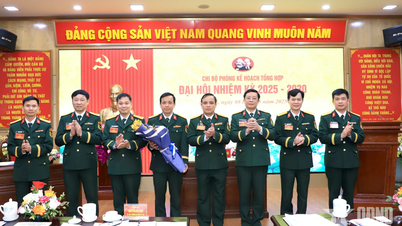
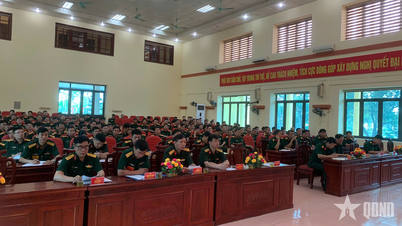
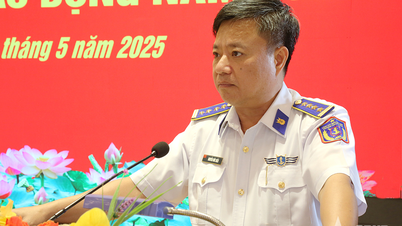
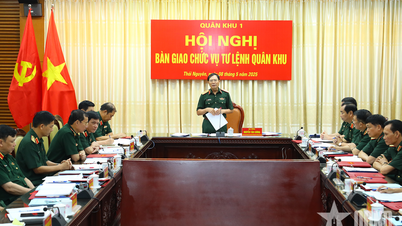
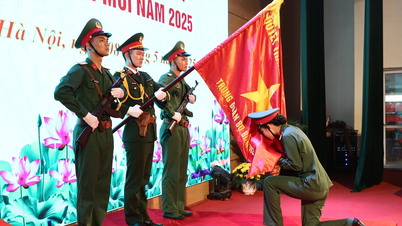
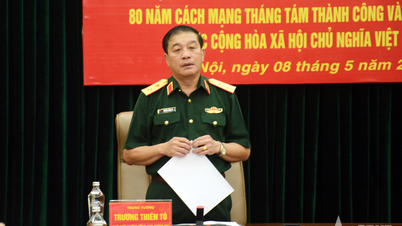






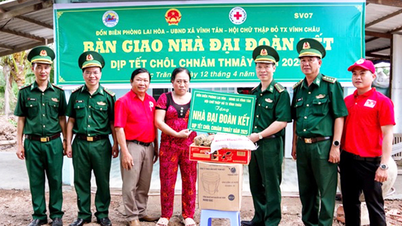
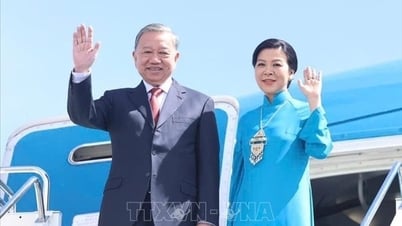
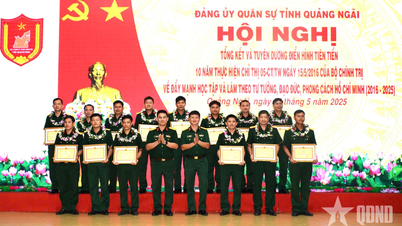
































![[Photo] Prime Minister Pham Minh Chinh talks on the phone with Singaporean Prime Minister Lawrence Wong](https://vphoto.vietnam.vn/thumb/402x226/vietnam/resource/IMAGE/2025/5/8/e2eab082d9bc4fc4a360b28fa0ab94de)

















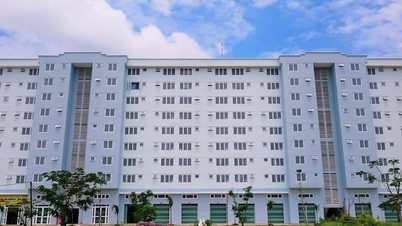












Comment (0)